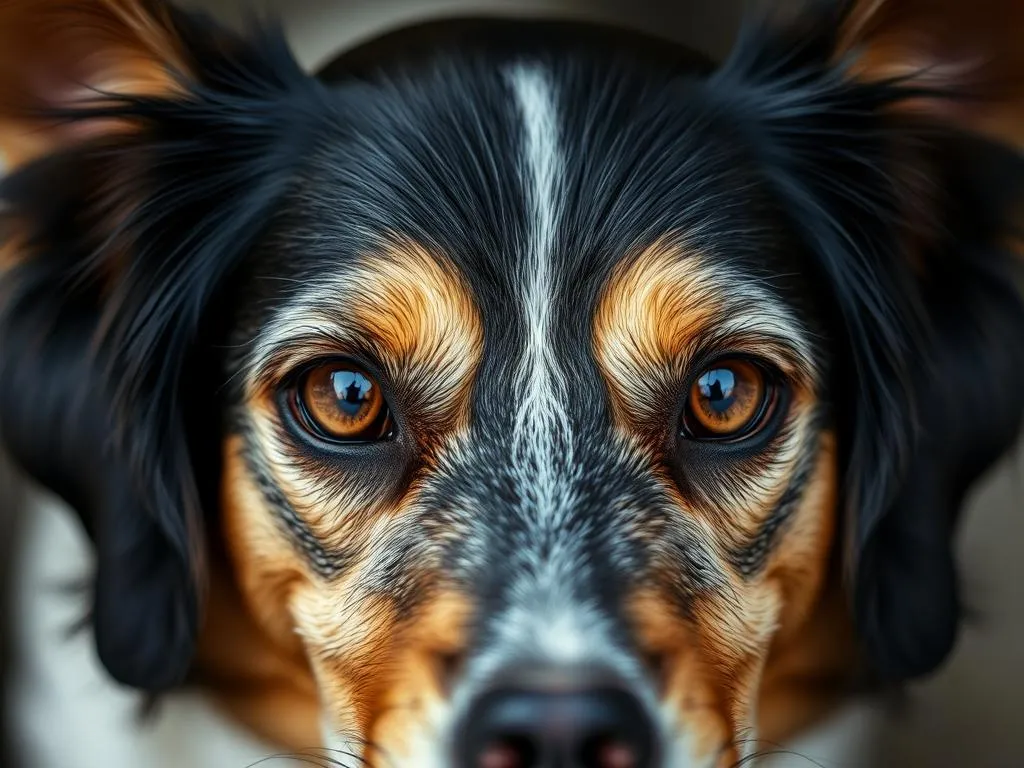
Understanding the anatomy of our furry companions is essential for any dog owner. Among various components that make up a dog’s anatomy, the eyelids play a crucial role in their health and well-being. Knowing how many eyelids dogs have can help us better understand their needs and potential health issues.
Understanding Dog Anatomy
Overview of Canine Anatomy
Dogs are unique creatures with a complex anatomy that varies widely among different breeds. Their bodies are designed for functionality, agility, and survival, with each part serving specific purposes. While many dog owners focus on traits like size, color, and behavior, understanding the underlying anatomy can significantly enhance our ability to care for them.
The Role of Eyelids in Dogs
Eyelids serve several vital functions in dogs, including protection against debris and injury, maintaining moisture, and facilitating proper vision. By safeguarding the eyes, eyelids contribute significantly to a dog’s overall well-being.
How Many Eyelids Do Dogs Have?
The Basic Structure of Dog Eyes
Dogs have a fascinating eye structure that includes three eyelids: the upper eyelid, the lower eyelid, and the nictitating membrane, commonly known as the third eyelid. This unique configuration allows for better protection and moisture retention than a simple two-eyelid system, as seen in humans.
Detailed Look at Each Eyelid
Upper Eyelid
The upper eyelid is the most noticeable and primarily responsible for protecting the upper part of the eye. It helps keep the eye moist by closing during sleep or when the dog blinks. Common issues related to the upper eyelid include entropion, a condition where the eyelid rolls inward, causing discomfort and potential injury to the eye.
Lower Eyelid
The lower eyelid complements the upper eyelid, providing protection and moisture to the lower part of the eye. Problems such as ectropion, where the eyelid rolls outward, can lead to exposure of the eye surface and result in irritation or infection.
Nictitating Membrane (Third Eyelid)
The nictitating membrane is a fascinating feature in dogs. This thin, translucent eyelid sits in the inner corner of the eye and serves multiple purposes. It helps keep the eye moist and protects it during activities like running or playing. Unlike humans, who only have two eyelids, dogs benefit from this additional layer of protection, which is crucial for their eye health.
Variations Among Dog Breeds
Breeds with Distinct Eyelid Features
Some dog breeds have unique eyelid structures that can significantly impact their health. For example, Bulldogs and Pugs often have prominent eyes and loose skin around their eyelids, making them more susceptible to various eye issues. Understanding these breed-specific characteristics helps owners take proactive measures to ensure their dog’s eye health.
Common Eye Problems by Breed
Certain breeds are more prone to eyelid-related issues due to their anatomy. For instance, breeds with prominent eyes may face a higher risk of corneal ulcers or dry eye syndrome. Regular check-ups and preventative care can help mitigate these risks. Owners should also be aware of the symptoms of eye problems, such as excessive tearing or redness, and consult a veterinarian if they notice any concerning signs.
Maintaining Healthy Eyelids in Dogs
Regular Eye Care Practices
Just like any other part of our dogs’ bodies, their eyes require regular care and attention. Routine eye examinations by a veterinarian can help identify potential issues before they escalate. Additionally, keeping the area around the eyes clean and free from debris is essential for maintaining eye health.
Tips for Cleaning and Caring for a Dog’s Eyes
- Use a Soft Cloth: Gently wipe away any discharge using a clean, damp cloth.
- Avoid Harsh Chemicals: Use only vet-recommended products for eye cleaning.
- Regular Checks: Make it a habit to check for signs of irritation or infection.
Signs of Eyelid or Eye Problems
Being vigilant about your dog’s eye health is crucial. Common symptoms indicating potential issues include:
- Redness or swelling of the eyelids
- Excessive tearing or discharge
- Squinting or frequent blinking
- Changes in behavior, such as reluctance to play
If you notice any of these symptoms, it’s essential to consult a veterinarian promptly to prevent further complications.
Common Myths About Dog Eyelids
Debunking Misconceptions
With so much information available, misconceptions about dog eyelids often arise. One prevalent myth is that dogs do not have a third eyelid. In reality, the nictitating membrane is a vital part of their eye anatomy, providing additional protection and moisture.
Importance of Reliable Information
Understanding the facts about dog eyelids can significantly impact how we care for our pets. Misinformation can lead to neglect or improper treatment of eye issues. It’s crucial for dog owners to seek expert advice and rely on credible sources for accurate information.
Conclusion
In summary, dogs have three eyelids: the upper eyelid, the lower eyelid, and the nictitating membrane. Each plays a vital role in protecting and maintaining the health of a dog’s eyes. By understanding how many eyelids dogs have and their functions, we can take better care of our furry friends and address any potential health concerns promptly.
Awareness of breed-specific characteristics and common eye problems can further enhance our ability to provide the best care possible. Remember to keep a close eye on your dog’s eye health and consult a veterinarian with any concerns.









